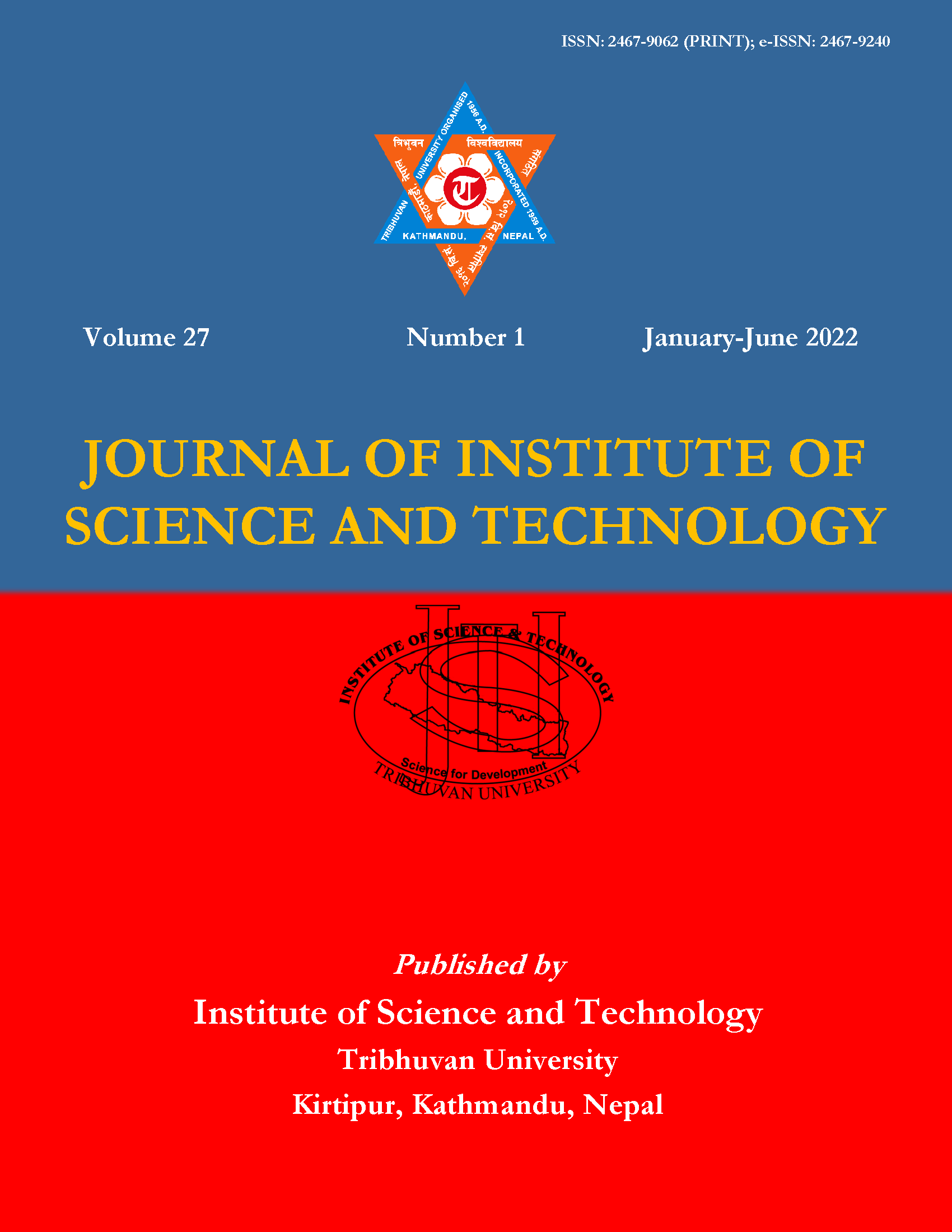Review on the Different Processes of Urea Production for Achieving Sustainable Development Goals in Nepal
DOI:
https://doi.org/10.3126/jist.v27i1.45515Keywords:
Agricultural productivity, CO2 capture, electrolysis, sustainable development goals, ureaAbstract
Infrastructural development in agriculture will directly help achieve sustainable development goals (SDGs) in the least developed countries (LDCs) as the majority of the population in these regions depend on agriculture. This study presents the case of Nepal, one of the LDCs and suggests the establishment of a urea manufacturing plant for improving agriculture productivity and fulfilling the SDGs of zero hunger, no poverty and decent work, and economic growth. Herein, in the context of Nepal, we have reviewed: (i) the status of SDGs of Nepal, (ii) agricultural productivity associated with usage and supply of urea, (iii) technologies associated with urea production, (iv) the feasibility of establishing a urea plant based on the raw material availability and sustainability and (v) the opportunity for economic and technological development. The hydropower-powered electrolysis and CO2 capture from cement industry flue gas were determined to be the strategically feasible and sustainable pathway for urea production and consequently, the fulfillment of SDGs in the context of Nepal. A detailed project study on the economics of the electrolysis-based urea manufacturing process is recommended to foster a sustainable development national plan for Nepal. Although this report highlights the various aspects of urea production in Nepal, this study can be useful for other LDCs dependent on agriculture to achieve SDGs.
Downloads
Downloads
Published
How to Cite
Issue
Section
License
Copyright (c) 2022 Institute of Science and Technology, T.U.

This work is licensed under a Creative Commons Attribution-ShareAlike 4.0 International License.
The views and interpretations in this journal are those of the author(s). They are not attributable to the Institute of Science and Technology, T.U. and do not imply the expression of any opinion concerning the legal status of any country, territory, city, area of its authorities, or concerning the delimitation of its frontiers of boundaries.
The copyright of the articles is held by the Institute of Science and Technology, T.U.




